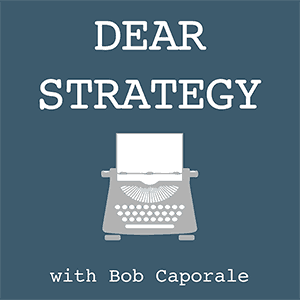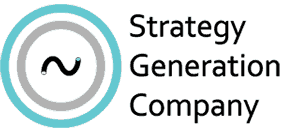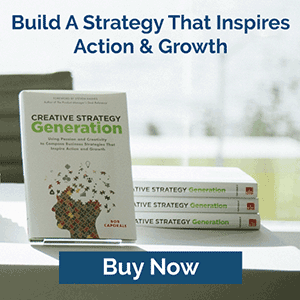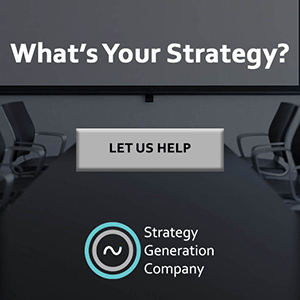Dear Strategy:
“How do you align on best practices to identify unmet needs?”
This happens to be one of my favorite subjects! And I’m really glad that this question is being asked because I personally feel this is one of the most important activities that any strategist can do.
Unfortunately, customer insights aren’t always easy to gather. And even if you have the access, you may not always have the time. So, to help make this all just a little bit easier to swallow, I established what I like to call the “3 Levels of Customer Feedback” to help people group their insight-gathering tasks so that they can be carried out in a more consistent way. I incorporated this methodology into some of the product management workshops that I helped develop for Sequent Learning Networks, and I think it will help to answer this question as well.
So, without further ado, I give you the 3 Levels of Customer Feedback
Level 1 – Unsolicited Feedback
The first level of feedback is the kind that customers provide to you without you having to ask for it. This type of feedback comes in the form of complaints, communication, and reviews that customers volunteer to you because they feel compelled to do so. This is, of course, very valuable in that it represents the raw feelings and emotions of your customers. However, as you might imagine, you only get this type of feedback when customers are really, really happy, or really, really mad. It is a rare event when a customer will take the time out of their busy days to give you feedback anywhere in the middle of these two extremes. So, although it is certainly important to analyze and act upon unsolicited feedback, it is also not the only type of feedback that you should rely upon. Which brings us to…
Level 2 – Solicited Feedback
Solicited feedback is the type of feedback that you ask for. This comes in the form of surveys, interviews, questionnaires, and even focus groups (although this last one borders on the next level of feedback as well). I like to think of solicited feedback as filling in the gaps between the two extremes that you’ve gathered in Level 1. The trouble here, of course, is that whenever you ask your customers a question, they are most likely going to answer based on the context in which that question was asked. So, although this is important feedback to gather (especially in connection with Level 1 feedback), if you stop here, you’ll still be missing the key type of insight upon which some of the greatest strategies have been built. And that is…
Level 3 – Observed Feedback
Observed feedback is the pinnacle of all the different feedback types. This is where you go visit your customers and observe them behaving in their natural habitats. If you are able to pull this off without your customers overtly knowing about it, then this is probably the best-case scenario because you’re going to get their completely unfiltered reactions. Examples might include going to a job site and observing contractors installing your products. Or sitting in one of your retail stores and observing how customers consume your products. Sometimes, though, you may not have easy access to your customers while they’re using your products so, in these cases, you might have to arrange some more controlled situations. For example, an automobile manufacturer might set up shared rides with their customers. Or a manufacturer of consumer appliances might invite customers into their showrooms to try out their products under semi-controlled circumstances. This is also where focus groups might come in to play, provided that they are truly observational sessions rather than controlled group surveys or interviews that might fall more into the category of Level 2 feedback. Whatever the situation, the more natural a setting that you can observe, the more valuable this level of feedback will ultimately be. In my experience, this is where the “products that customers didn’t know they needed” usually come from, and, as such, this is the level of feedback out of which some of the most innovative products have been born.
So, there you have it – 3 levels of feedback that you can use to identify unmet needs. Is this “best practice?” Well – I’m not quite sure. But I can certainly tell you that it is my practice. And I can also tell you that it works – especially when you use all 3 levels in concert with one another. Because relying on only one type of feedback is like relying on addition without multiplication: You might eventually get to an answer, but, by the time you get there, someone else may have already beaten you to the punch.
Listen to the podcast episode
Dear Strategy: Episode 044

###
Bob Caporale is the author of Creative Strategy Generation and the host of the Dear Strategy podcast. You can learn more about his work by visiting bobcaporale.com.





